Home>Furniture>Outdoor Furniture>How To Cover My Patio With A Tarp


Outdoor Furniture
How To Cover My Patio With A Tarp
Modified: March 7, 2024
Protect your outdoor furniture from the elements with this step-by-step guide on how to cover your patio with a tarp.
(Many of the links in this article redirect to a specific reviewed product. Your purchase of these products through affiliate links helps to generate commission for Storables.com, at no extra cost. Learn more)
Introduction
Outdoor patio spaces are a valuable extension of our homes, providing a haven for relaxation, entertainment, and enjoying the beauty of nature. However, weather conditions can often be unpredictable, making it challenging to fully utilize these areas throughout the year. Fortunately, with the help of a tarp, you can easily transform your patio into a sheltered oasis that can be enjoyed in various weather conditions. In this article, we will guide you through the process of covering your patio with a tarp, allowing you to make the most of your outdoor space regardless of the elements.
Key Takeaways:
- Choose the right tarp
Select a tarp based on size, material, and waterproofing needs to ensure full coverage and protection for your patio in various weather conditions. - Prepare and maintain
Clear, clean, and secure your patio before installing the tarp. Regular cleaning, inspections, and timely repairs will extend the tarp’s lifespan and effectiveness.
Read more: How To Cover A Shed With A Tarp
Choosing the Right Tarp
Before you embark on the task of covering your patio with a tarp, it’s essential to select the right tarp for your specific needs. Here are some factors to consider:
Size and Shape Considerations
Measure your patio space carefully to determine the size and shape of the tarp you will require. Ensure that the tarp will adequately cover your patio, including any furniture or structures you wish to protect.
Material Options
Tarps are available in various materials, each offering distinct advantages. Some common options include:
- Polyethylene: Lightweight and waterproof, polyethylene tarps are often used for temporary or short-term patio covers.
- Vinyl: Durable and long-lasting, vinyl tarps offer excellent UV resistance and are suitable for extended outdoor use.
- Polyester Canvas: Known for its strength and durability, polyester canvas tarps are ideal for more heavy-duty applications.
Waterproof vs. Water-Resistant
Consider whether you require a tarp that is entirely waterproof or simply water-resistant. Waterproof tarps provide complete protection against water infiltration, while water-resistant tarps can withstand light showers but may eventually allow water to seep through.
Read more: How To Tarp A Chimney
Preparing the Patio
Before you begin installing the tarp, it is vital to prepare your patio for the cover. Here are some steps to follow:
Clearing and Cleaning the Patio Surface
Remove any debris, furniture, or plants from your patio to ensure a clean and even surface. Sweep away any dirt, leaves, or loose particles that could affect the tarp’s performance or cause damage over time.
Fixing any Damage or Leaks
Inspect your patio for any existing damage or leaks that may compromise the effectiveness of the tarp. Repair or seal any cracks, gaps, or holes, ensuring that your patio is in sound condition before proceeding.
Securing Loose Items
Secure any loose items on your patio, such as lightweight furniture or decorations, to prevent them from being blown away or causing damage to the tarp. Use rope, bungee cords, or other suitable fasteners to keep these items in place.
Read more: How To Hang Patio Lights On A Covered Patio
Installing the Tarp
Once your patio is prepared, you can start the installation process by following these steps:
Measuring and Cutting the Tarp to Size
Lay out your tarp and use measuring tape to determine the correct dimensions required to cover your patio adequately. Cut the tarp to the appropriate size, leaving a few inches of extra material on each side for easy attachment.
Attaching the Tarp to the Patio
Begin by securing one side or corner of the tarp to your patio structure or nearby support. Use heavy-duty clips, hooks, or other suitable fasteners to securely attach the tarp. Continue attaching the remaining sides, ensuring a tight and secure fit.
Securing the Tarp with Bungee Cords or Ropes
To further secure the tarp and prevent it from flapping in the wind, use bungee cords or ropes to create tension along the tarp’s edges. Attach these cords or ropes to fixed points on your patio or use stakes or weights to hold them in place.
Key Takeaways:
- Choose the right tarp
Select a tarp based on size, material, and waterproofing needs to ensure full coverage and protection for your patio in various weather conditions. - Prepare and maintain
Clear, clean, and secure your patio before installing the tarp. Regular cleaning, inspections, and timely repairs will extend the tarp’s lifespan and effectiveness.
Read more: How To Cover A Shed With A Tarp
Choosing the Right Tarp
When it comes to covering your patio with a tarp, selecting the appropriate tarp for your needs is crucial. Here are some factors to consider:
Size and Shape Considerations
The first step in choosing the right tarp is to determine the size and shape that will adequately cover your patio. Measure the area accurately, taking into account any furniture or structures you want to protect. It’s essential to select a tarp that provides full coverage for your patio space.
Material Options
Tarps are available in various materials, each with its own set of advantages depending on your specific requirements. Here are some common options:
Polyethylene: Polyethylene tarps are lightweight and widely used for temporary or short-term patio covers. They are waterproof and provide protection against the elements, making them suitable for use during rainy or snowy seasons.
Vinyl: Vinyl tarps are known for their durability and long-lasting performance. They offer excellent UV resistance, making them ideal for extended outdoor use. Vinyl tarps can withstand sunlight, rain, wind, and other harsh weather conditions.
Polyester Canvas: Polyester canvas tarps are incredibly strong and durable, making them perfect for heavy-duty applications. They are tear-resistant and can withstand rough handling, making them suitable for long-term patio covers.
Waterproof vs. Water-Resistant
Consider whether you need a tarp that is completely waterproof or water-resistant. Waterproof tarps provide reliable protection against water infiltration, ensuring that your patio and furniture stay dry even during heavy rainfall. On the other hand, water-resistant tarps can withstand light showers but may eventually allow water to seep through over time.
If your patio is exposed to frequent rain or snow, selecting a waterproof tarp will offer the best protection for your outdoor space. However, if you live in an area with mild weather conditions or prefer a tarp that allows for some airflow, a water-resistant option may be more suitable.
Overall, choosing the right tarp involves considering the size, shape, material, and waterproofing capabilities. By understanding these factors and selecting the appropriate tarp, you can ensure that your patio is well-covered and protected from the elements, allowing you to enjoy your outdoor space in various weather conditions.
Read more: How To Tarp A Chimney
Preparing the Patio
Before you install the tarp to cover your patio, it’s essential to prepare the area adequately. Here are some important steps to follow:
Clearing and Cleaning the Patio Surface
Begin by removing any debris, such as leaves, branches, or dirt, from your patio surface. Use a broom or leaf blower to clear away loose particles that could affect the tarp’s performance or cause damage over time. This step ensures that your patio is clean and provides a smooth surface for the tarp to be installed on.
Fixing any Damage or Leaks
Inspect your patio for any existing damage or leaks that could compromise the effectiveness of the tarp. Look for cracks, gaps, or holes in the patio surface, walls, or other structures. If you find any damage, take the necessary steps to fix it before installing the tarp.
Depending on the extent of the damage, repairs may involve filling cracks with concrete filler, applying sealant to gaps, or using waterproofing solutions to prevent leaks. By addressing these issues beforehand, you can ensure that your patio is in good condition and will provide a solid foundation for the tarp.
Securing Loose Items
Before installing the tarp, it’s important to secure any loose items on your patio. This includes lightweight furniture, potted plants, decorations, or any other objects that could be easily moved by wind or other outdoor elements. Strong gusts of wind can potentially damage the tarp or cause it to dislodge if loose items are not properly secured.
Utilize ropes, bungee cords, or other suitable fasteners to keep these items in place. Tie down furniture or use weights to prevent them from being blown away. By securing loose items, you not only protect your patio but also prevent potential hazards while the tarp is installed.
Taking the time to clear, clean, fix any damage or leaks, and secure loose items before installing the tarp will ensure that your patio is in optimal condition and ready for the added protection. By following these steps, you can create a stable and protected outdoor space that can be enjoyed in any weather conditions.
Read more: How To Hang Patio Lights On A Covered Patio
Installing the Tarp
Once you have prepared your patio, it’s time to install the tarp to provide the desired cover. Here are the steps to follow:
Measuring and Cutting the Tarp to Size
Start by laying out the tarp on a clean surface and measure the dimensions needed to cover your patio adequately. Use a measuring tape to determine the length and width required, leaving a few inches of extra material on each side for easy attachment and adjustments.
Once you have the measurements, carefully cut the tarp to the appropriate size. Be precise in your cutting to ensure the best fit for your patio.
Attaching the Tarp to the Patio
To begin attaching the tarp, choose one side or corner of your patio as the starting point. This can be a structural element of your patio or a nearby support. Use heavy-duty clips, hooks, or other suitable fasteners to securely attach the tarp to the starting point.
Move along to the next side, pulling the tarp taut as you go. Attach the tarp with clips or hooks along the entire edge, ensuring that it is secure and not loose. Repeat this process for the remaining sides, making sure the tarp is evenly tensioned across the patio.
Securing the Tarp with Bungee Cords or Ropes
To provide additional security and prevent the tarp from flapping in the wind, use bungee cords or ropes to create tension along the edges of the tarp. Attach one end of the bungee cord or rope to a fixed point on your patio structure or use stakes or weights to anchor it to the ground. Then, attach the opposite end to the tarp, creating tension and keeping it firmly in place.
Be sure to space the bungee cords or ropes evenly along the edges of the tarp to distribute the tension and maintain a secure fit. Adjust the tension as needed to ensure a smooth and tight tarp.
By following these steps, you can effectively install the tarp and provide a reliable cover for your patio space. The tarp will shield your patio from rain, sun, and other elements, allowing you to enjoy your outdoor area in various weather conditions.
Read more: How To Store Tarps
Adding Reinforcements
To enhance the stability and durability of your patio tarp, it’s beneficial to add reinforcements. These reinforcements can help secure the tarp in place, protect the edges from wear and tear, and provide additional support against strong winds. Here are some ways to reinforce your patio tarp:
Using Grommets or Eyelets
Consider installing grommets or eyelets along the edges of your tarp. Grommets are small metal rings inserted into the tarp material, while eyelets are similar but have a flared edge. These reinforcements create sturdy attachment points for ropes, bungee cords, or other fastening methods.
To install grommets or eyelets, follow the manufacturer’s instructions or use a grommet kit. Usually, you’ll need to punch holes through the tarp material, insert the grommet or eyelet, and secure them with the provided tools. These reinforcements provide a secure and durable attachment point for ropes or cords.
Reinforcing the Tarp Edges
Another way to reinforce your patio tarp is to reinforce the edges. You can achieve this by folding the edges over and sewing them or using adhesive or fabric tape to reinforce and strengthen the edges. This helps prevent fraying and extends the lifespan of the tarp.
If you choose to sew the edges, use a heavy-duty or weather-resistant thread for added strength. Sew a double or triple stitch along the edge to ensure a secure hold. If sewing is not an option, consider using adhesive or fabric tape specifically designed for tarp or outdoor applications. These products provide a strong bond and protect the tarp’s edges from fraying or tearing.
Strengthening the Tarp with Support Poles
In areas prone to strong winds or heavy snowfall, additional support may be necessary to prevent the tarp from sagging or collapsing. One effective method is to use support poles. These poles can be made of metal, PVC pipe, or other sturdy materials. Place the poles underneath the tarp, creating a structure that supports the weight and tension of the tarp.
Secure the poles firmly to the ground or patio surface using stakes or anchors. This helps prevent them from shifting or falling over in adverse weather conditions. Support poles provide added stability to the tarp, ensuring that it remains taut and resilient against wind or snow loads.
By adding reinforcements such as grommets or eyelets, reinforcing the tarp edges, and using support poles, you can fortify your patio tarp and improve its performance. These measures increase the tarp’s durability, stability, and resistance to elements, ensuring that your patio remains protected and functional for an extended period.
Read more: How To Cover Patio Furniture
Adjusting for Ventilation and Drainage
When covering your patio with a tarp, it’s important to consider ventilation and drainage to ensure a comfortable and functional outdoor space. Here are some ways to adjust for ventilation and prevent water pooling:
Creating Ventilation Openings
To maintain proper airflow and ventilation under the tarp, it’s crucial to create ventilation openings. This prevents the build-up of heat, moisture, and condensation, reducing the chances of mold, mildew, or musty odors. You can create ventilation openings by:
– Leaving gaps at the edges: Instead of securing the tarp tightly against the patio structure, leave a small gap along the edges. This allows air to flow freely under the tarp and prevents the formation of stagnant pockets.
– Installing vents: Consider adding vents or mesh panels to the tarp. These can be positioned strategically to promote air circulation while still providing protection against the elements. Ensure the vents are adequately sized and positioned to achieve optimal airflow.
Preventing Water Pooling and Drainage Issues
Proper drainage is essential to prevent water accumulation and potential damage to your patio or the tarp itself. Here are some steps to prevent water pooling:
– Sloping the tarp: When installing the tarp, ensure it is sloped slightly to allow water to drain. This can be achieved by positioning one side of the tarp slightly lower than the other or using support poles to create a gentle slope.
– Creating rain flaps: Consider adding additional material or extensions to the edges of the tarp to create rain flaps. These flaps help direct the flow of water away from the patio and prevent it from pooling onto the tarp surface.
– Using gutter systems: Install gutter systems along the edges of the tarp to collect and channel water away. Attach gutters to the lower edges of the tarp and direct the water into a drainage system or collection container.
Regularly inspect the tarp for any sagging or areas where water is collecting. Adjust the tension of the tarp and reinforce the supporting ropes or bungee cords as needed to maintain a proper slope and prevent water pooling.
By adjusting for ventilation and drainage, you can create a more comfortable and functional outdoor space under the tarp. Proper airflow and water management will ensure that your patio remains protected while minimizing the risk of moisture-related issues and maintaining a pleasant environment.
Maintenance and Upkeep
To ensure the longevity and continued effectiveness of your patio tarp, regular maintenance and upkeep are essential. Here are some key aspects to consider:
Read more: What Is A Patio Cover Called
Regular Cleaning and Inspection
Periodically clean your patio tarp to remove dirt, leaves, bird droppings, or other debris that may accumulate over time. Use a mild detergent or a mixture of water and vinegar to gently scrub the tarp. Rinse thoroughly and allow it to air dry before reattaching it to your patio. Regular cleaning helps maintain the appearance of the tarp and prevents the growth of mold or mildew.
Additionally, conduct routine inspections to identify any signs of damage, such as rips, tears, or weak spots. Inspect the tarp for any wear and tear, loose attachments, or areas that require reinforcement. Addressing these issues promptly will prevent further damage and ensure the tarp’s effectiveness in protecting your patio.
Addressing Rips, Tears, or Wear and Tear
If you notice rips, tears, or areas of significant wear and tear on your patio tarp, it’s important to address them promptly to prevent further damage. Depending on the extent of the damage, you can:
– Patch small holes or tears with a waterproof patch kit designed for tarp repair. Clean and dry the affected area before applying the patch, following the manufacturer’s instructions.
– Stitch larger tears or rips using a heavy-duty thread and needle or using a sewing machine. Reinforce the repair by sewing multiple rows of stitches on both sides of the tear.
– If the damage is severe or extensive, it may be necessary to replace the entire tarp to ensure adequate protection for your patio.
Regular inspections and timely repairs will help extend the lifespan of your patio tarp and maintain its effectiveness.
Seasonal Removal and Storage
Consider removing the patio tarp during seasons when it’s not needed or during extreme weather conditions. If you live in an area with harsh winters or heavy storms, removing the tarp may help prevent damage caused by snow accumulation or strong winds.
Before storing the tarp, ensure it is clean and completely dry to prevent the growth of mold or mildew. Fold the tarp neatly and store it in a dry and protected location, such as a shed or garage. Avoid exposing the tarp to extreme temperatures or direct sunlight for prolonged periods, as this may cause the material to deteriorate over time.
When the next season arrives and you are ready to reinstall the tarp, conduct a thorough inspection to ensure it is still in good condition and perform any necessary maintenance or repairs before reattaching it to your patio.
By following a regular maintenance routine and properly storing your patio tarp, you can significantly extend its lifespan and maximize its effectiveness in protecting your outdoor space.
Conclusion
Covering your patio with a tarp can greatly enhance your outdoor experience, allowing you to enjoy your outdoor space in various weather conditions. By choosing the right tarp, preparing your patio, and following the proper installation techniques, you can create a sheltered oasis that provides protection from the elements.
Consider the size and shape of your patio when selecting a tarp, and choose a material that suits your specific needs, whether it be lightweight polyethylene, durable vinyl, or robust polyester canvas. Decide whether you require a waterproof or water-resistant tarp based on your climate and desired level of protection.
Preparing your patio is crucial to ensure a smooth and secure installation. Clearing and cleaning the surface, fixing any damage or leaks, and securing loose items will create a solid foundation for the tarp and prevent potential issues.
Install the tarp by measuring and cutting it to size, attaching it to the patio securely, and reinforcing it with bungee cords or ropes. Adding reinforcements such as grommets or eyelets, reinforcing the tarp edges, and using support poles will further enhance its stability and durability.
Adjusting for ventilation and drainage is essential to maintain a comfortable and functional outdoor space. Creating ventilation openings and preventing water pooling through rain flaps, proper sloping, and drainage systems will ensure optimal airflow and prevent water accumulation.
Regular maintenance and upkeep, including cleaning, inspections, and addressing any rips or tears, will prolong the life of your patio tarp. Remember to remove and store the tarp during seasons when it’s not needed to protect it from extreme weather conditions.
In conclusion, covering your patio with a tarp is a practical and cost-effective way to transform your outdoor space into a sheltered sanctuary. With the right tarp, proper installation techniques, and regular maintenance, you can create a comfortable and protected oasis to enjoy throughout the year. So, grab your tarp and start transforming your patio into a versatile and weather-resistant haven today!
Frequently Asked Questions about How To Cover My Patio With A Tarp
Was this page helpful?
At Storables.com, we guarantee accurate and reliable information. Our content, validated by Expert Board Contributors, is crafted following stringent Editorial Policies. We're committed to providing you with well-researched, expert-backed insights for all your informational needs.
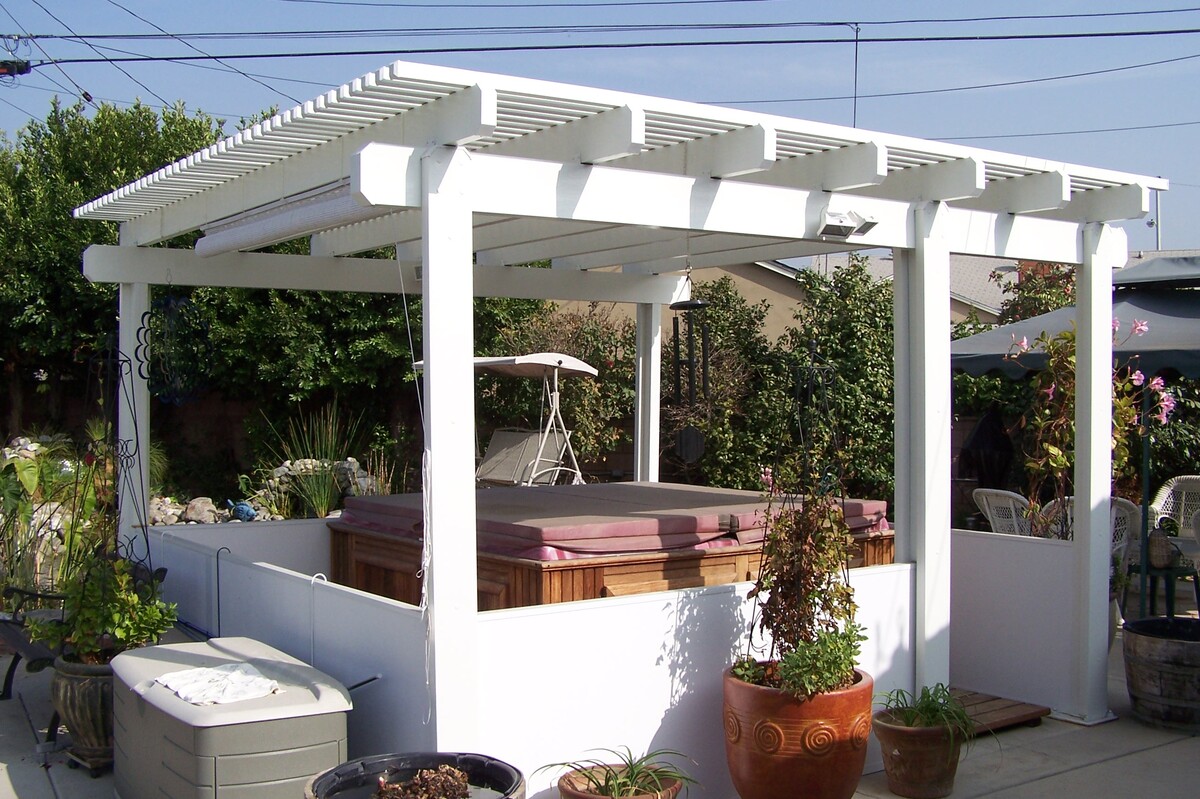
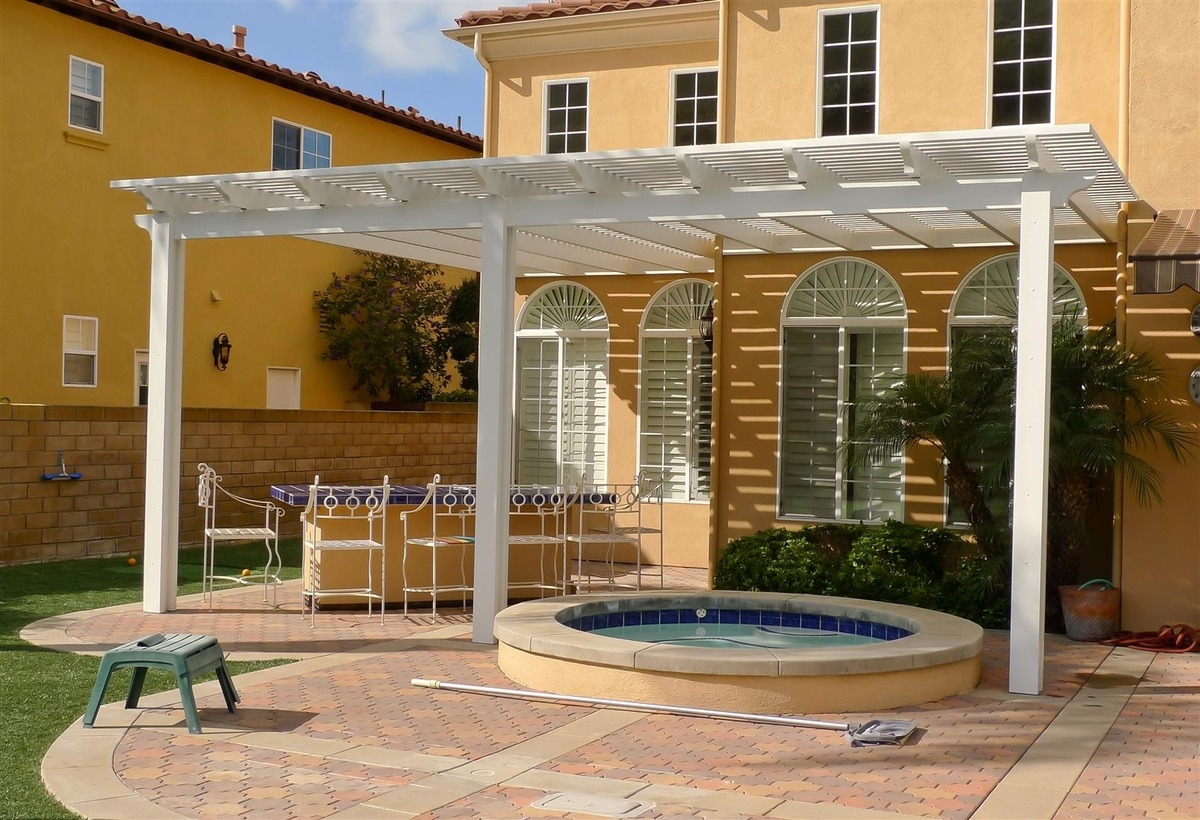

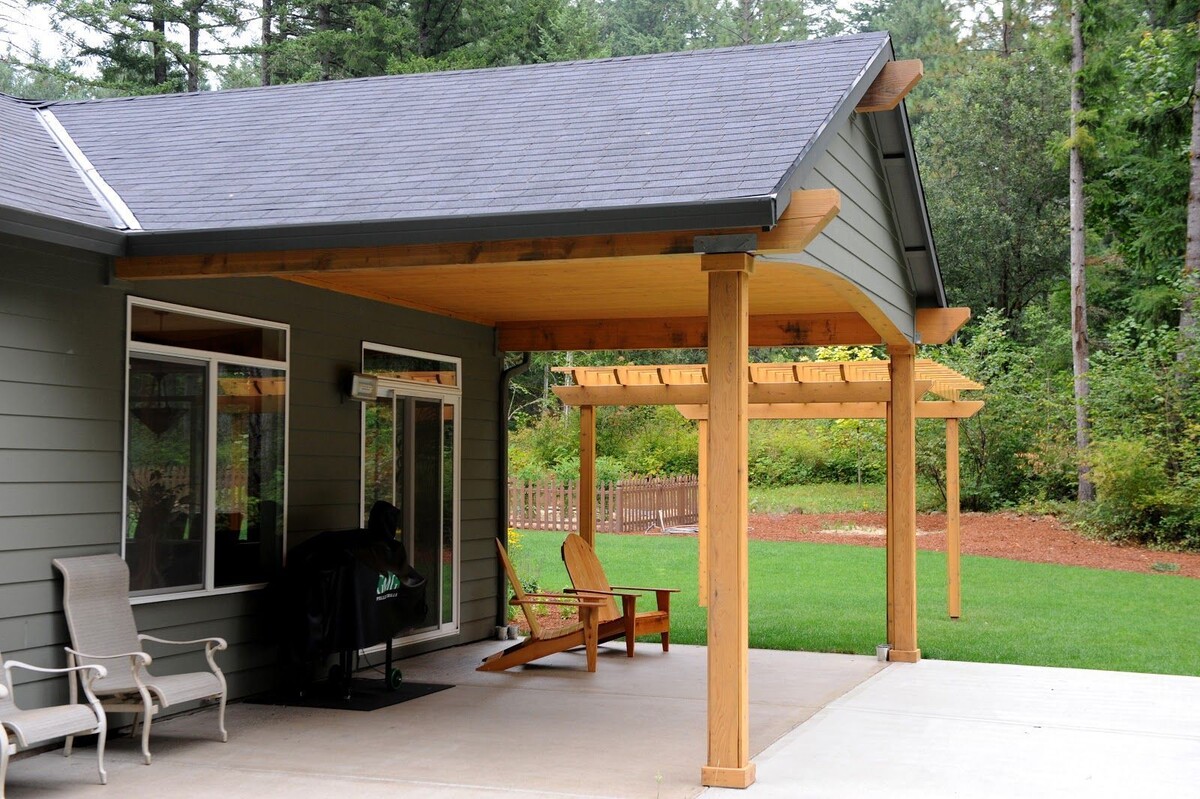

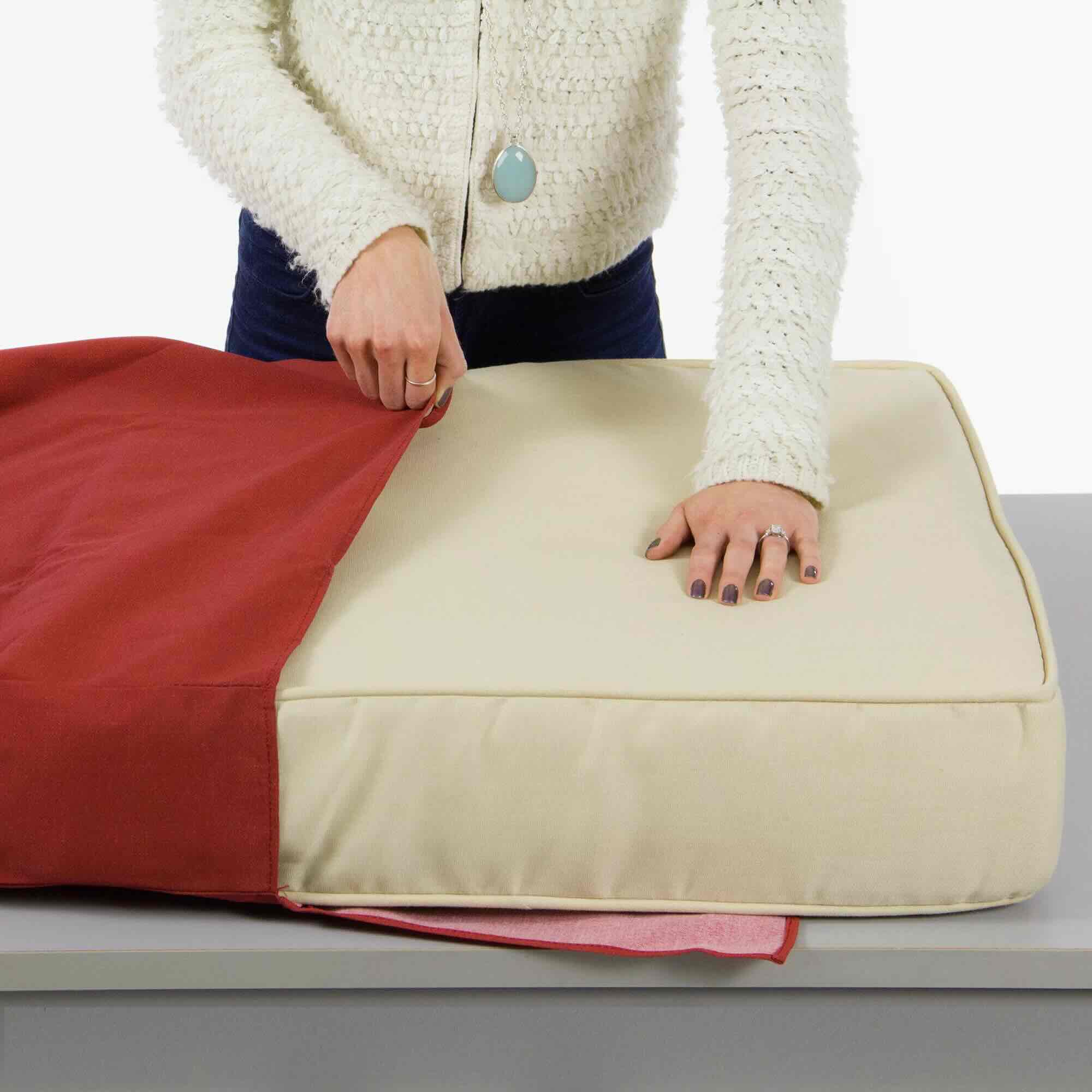
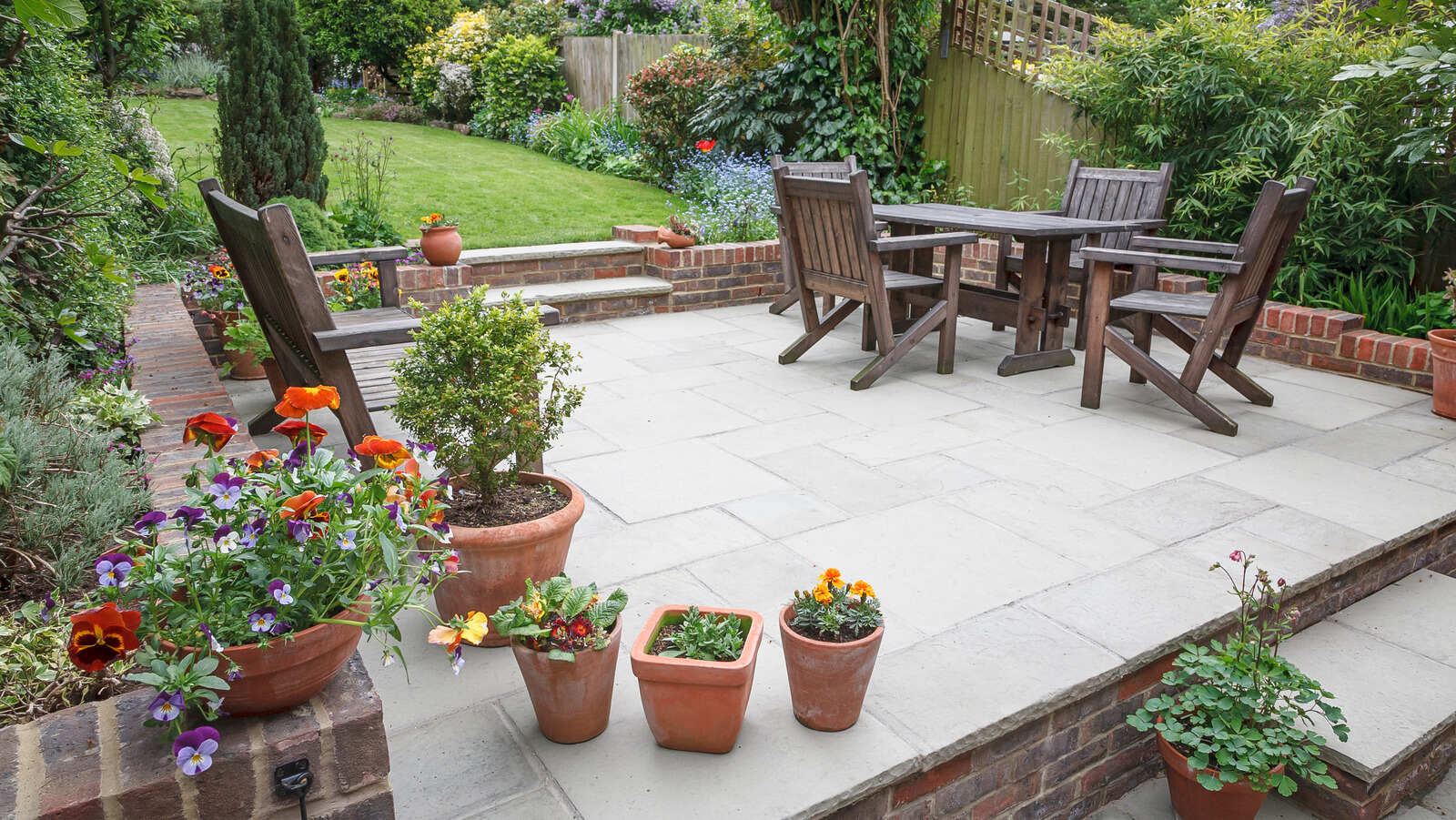

0 thoughts on “How To Cover My Patio With A Tarp”